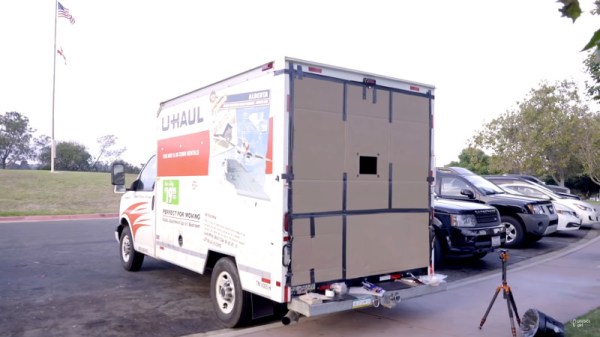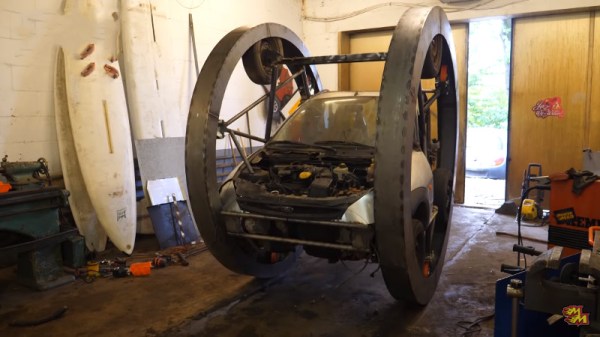[randomprojectlab] is building a synthesizer around the pentatonic scale for the Hackaday Prize. It’s the Pentasynth, and it’s basically just a keyboard with five notes per scale.
There’s something common to every form of music. Nearly every musical tradition, from western art music, to Indonesian folk music makes use of a pentatonic scale. This is just a major scale without fourth and seventh scale degrees, or just playing the black keys on a piano. It’s the one scale everybody knows, and forms the basis of every school of thought for music education. Noodling over the pentatonic scale is what all the cool guys do in Guitar Center. It’s absolutely the foundation of all music.
The hardware for this build is an Adafruit Metro Mini, or basically an Arduino with an ATMega328. This generates three channels of audio, two square waves — one each for the keyboard and bass accompaniment — and a pseudo-random noise drum beat. The keys are 3D printed, and the enclosure is CNC’s acrylic.
Most educational music toys out there have a few additional bits to make composing music easier. The Pentasynth is no exception, with a button that adds a drum beat, a button that adds a bassline, and a switch that makes the keyboard major or minor. It’s a great idea, and you can check out a video of the Pentasynth in action below.
Continue reading “This Synth Plays The Only Scale Everybody Knows”





















